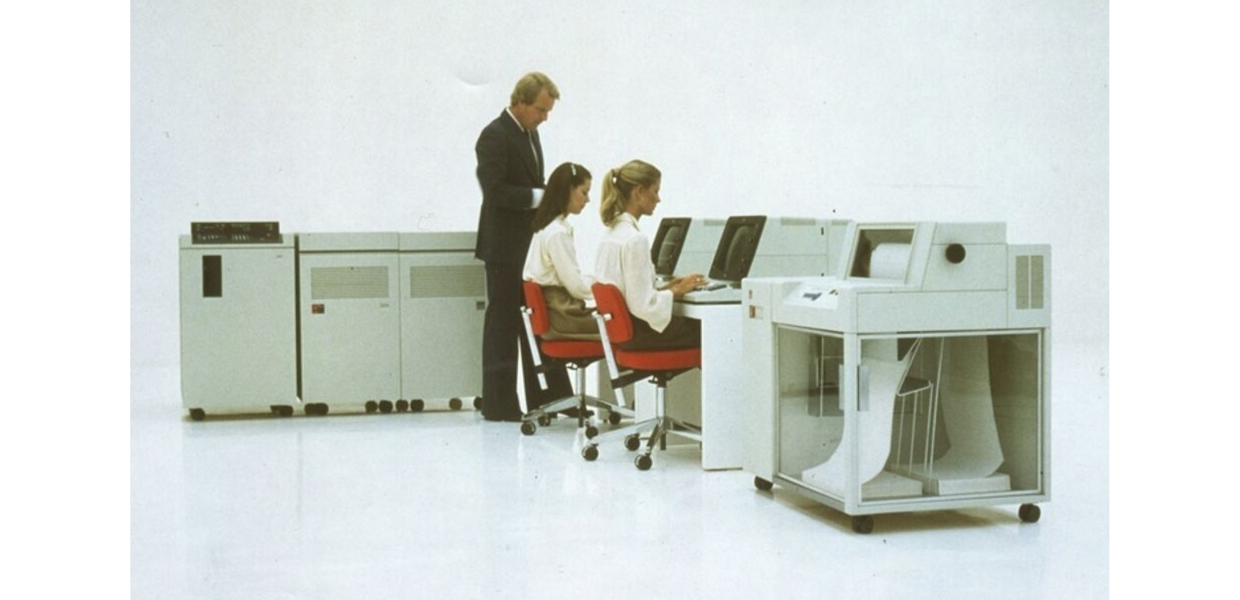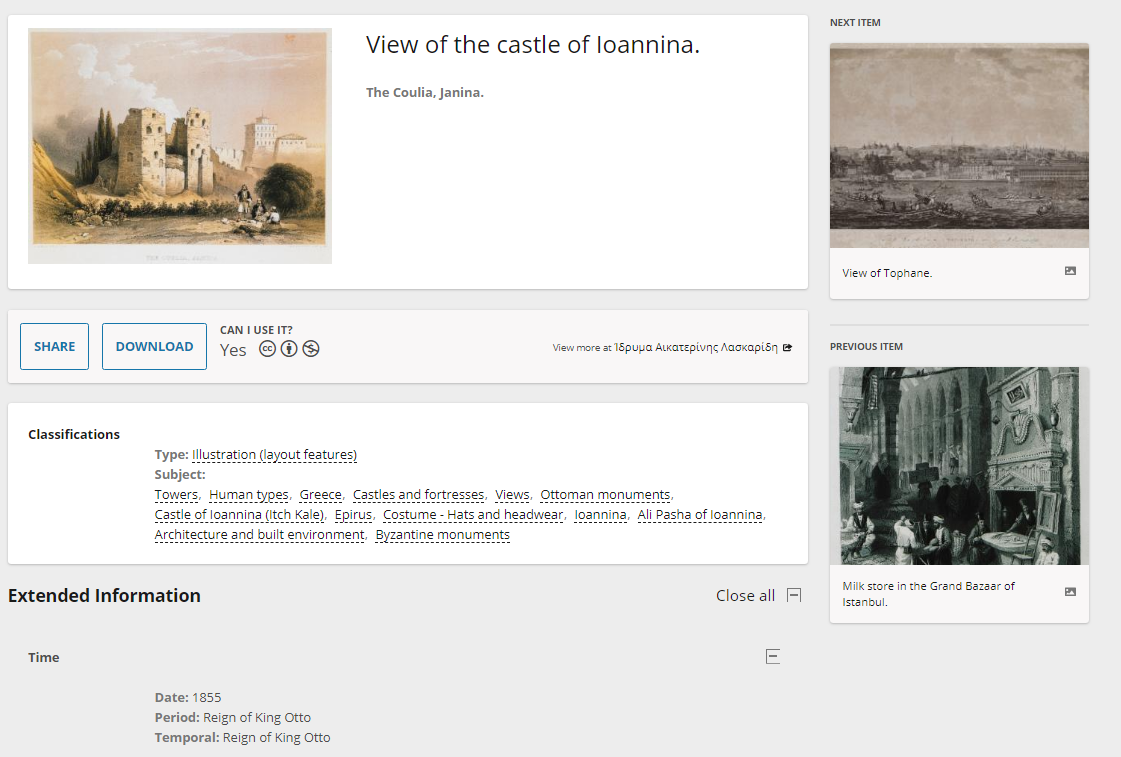There are tens of millions of items on Europeana Collections but we know that not all of them are easy to find or easy to use and that can be frustrating. So we’re working hard to improve that.
How easy an item is to find or to use depends in part on the types and quality of the information we have about it. This post looks at how Europeana is supporting cultural heritage institutions to improve the digital files (content) and the accompanying information (metadata) that they provide for both new and existing collections.
As we saw in last week’s post, all cultural heritage institutions are different - they have different levels of resources and varying motivations and skills when it comes to digitising and documenting their collections. At Europeana, we dedicate a lot of our energy and resources to supporting institutions and aggregators so they understand both how to create better quality content and metadata, and the benefits of doing so. An important benefit being that once we have access to sufficient content and metadata, we can take steps to enrich it, making it more useful and easier to find.
Our goal
Our goal is to have 70% of Europeana Collections reaching ‘good quality’ by next summer. We have a quality standard called the Europeana Publishing Framework which describes what ‘good quality’ means in terms of content and metadata, and shows how improving quality benefits both the providing institution and our audiences. By encouraging cultural heritage institutions to create better quality content and metadata, and by enriching the material further ourselves, we can develop more in-depth and engaging online experiences - meaning more people find what they’re looking for and have a better time doing it.
Challenges
Content and metadata come to Europeana from around 3,500 different cultural heritage institutions across Europe. Although most of it is set out in the same format, using the Europeana Data Model - a standard that we developed with cultural heritage professionals - it is not all consistent in its depth or quality.
Quality means different things to different people. With our aggregator and provider partners, we have developed a quality standard - the Europeana Publishing Framework - that we use as a clear reference. For example, quality is improved by making sure that records include thumbnail images, that the content file is of a particular size/resolution, and that the metadata is unique, descriptive and complete, providing as much context as possible. Accuracy is, of course, vital too - and where things like links change over time and so become broken, we work with partners to put them right. Another important consideration is selecting the appropriate rights statements as they show people what they can do with an item. All of our items have clear rights statements and Europeana encourages the use of the more open and unrestrictive statements where possible.
What we’re doing
New innovations
This year, we revised our quality standard, the Europeana Publishing Framework, to include standards for metadata in addition to the existing standards for content. We are always working on improving content and metadata not just in new collections but existing ones too and in the last year, the number of records that didn’t meet the standard was reduced by three million. We continue to work hard to support aggregators and institutions to refer to this Framework and to create better data.
With better quality material and metadata, we’re also working to create better online experiences. Over the last year, we released a new feature within Europeana Collections that links records with a similar creator, place or theme together. Bespoke landing pages show content by a specific person, or on a certain topic, like Mozart, photographs or Art Deco. They provide context by combining information from Wikipedia with results relating to a person or topic.



